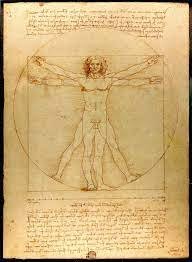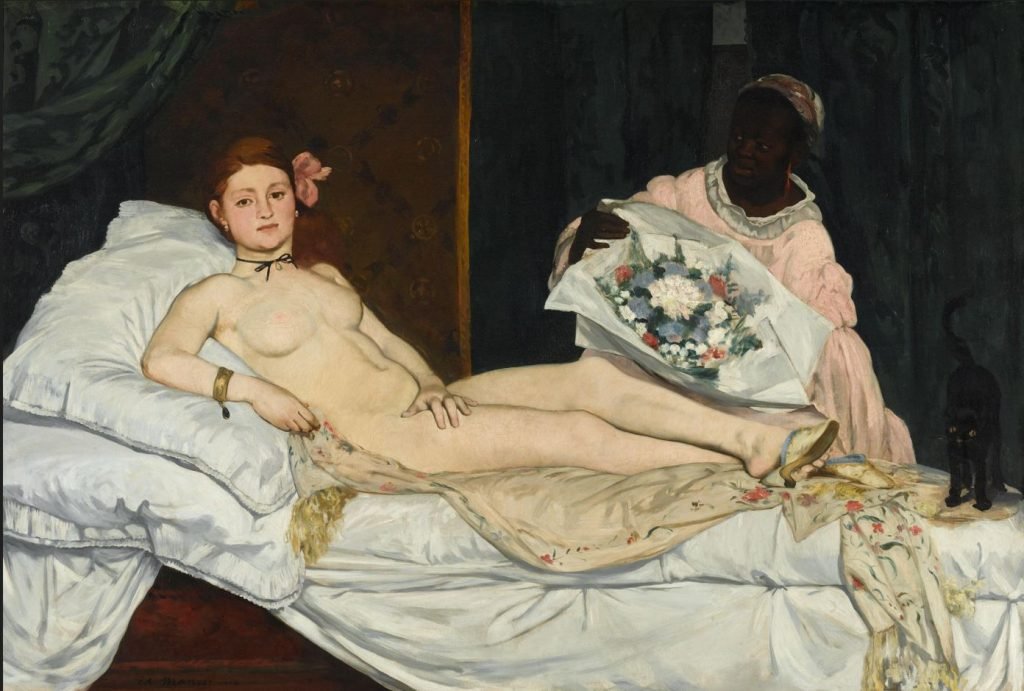Nudity has been a recurring theme in the history of paintings, serving as a medium for artistic expression and exploration of the human form. From ancient civilizations to the Renaissance period and beyond, artists have incorporated nudity into their works to convey various emotions, meanings, and social commentary. In this article, we delve into the intriguing world of nudity in the history of paintings, examining its significance, controversies, and evolution throughout the ages.
The Ancient World: Nudity as Symbolism
In ancient civilizations such as Egypt and Greece, nudity in paintings held symbolic significance. The Greeks, for instance, celebrated the human body and its beauty, portraying gods, goddesses, and athletes in their natural form. The famous statue of Aphrodite, the goddess of love, depicted her nude, emphasizing her timeless beauty and allure.
The Egyptians, on the other hand, depicted nudity in religious contexts. Their paintings often depicted individuals in a state of undress during burial rituals, symbolizing the transition from earthly life to the afterlife. The nudity in these paintings represented purity and rebirth.
Nudity in Renaissance Art: A Celebration of the Human Form

During the Renaissance period, artists like Michelangelo and Leonardo da Vinci elevated the portrayal of nudity to new heights. They sought to capture the essence of human anatomy and emotion, resulting in masterpieces such as Michelangelo’s “David” and da Vinci’s “Vitruvian Man.”
The use of nudity in these paintings was not merely for shock value but rather an exploration of the human condition. By depicting the human body in its most vulnerable and exposed state, artists aimed to convey the complexities of human emotions, the beauty of the physical form, and the connection between body and soul.
Controversies and Censorship: The Modern Era
As societal norms evolved, so did the perception of nudity in art. The modern era witnessed an increase in controversies surrounding nudity in paintings, with artists facing censorship and public outrage. One notable example is Édouard Manet’s “Olympia,” which shocked the public upon its exhibition in 1865 due to its portrayal of a reclining nude woman.
This painting challenged the traditional ideals of beauty and sparked a debate about the morality of artistic expression. The controversy surrounding “Olympia” served as a catalyst for the modern art movement, where artists began to push boundaries and challenge societal norms.

FAQs about Nudity in the History of Paintings
- Q: Why did artists choose to depict nudity in their paintings?
- Artists used nudity as a means to convey emotions, explore the human form, and challenge societal norms. Nudity provided a medium for artistic expression and a way to connect with viewers on a deeper level.
- Q: Were there any restrictions on nudity in art throughout history?
- Yes, throughout history, nudity in art faced various restrictions and censorship. Different cultures and time periods had different norms and taboos surrounding nudity, leading to the censorship of certain artworks.
- Q: How did nudity in paintings impact society and culture?
- Nudity in paintings played a significant role in shaping societal and cultural perceptions of beauty, the human form, and sexuality. It sparked debates, challenged norms, and influenced artistic movements.
- Q: Were there any famous controversies surrounding nudity in paintings?
- Yes, there have been numerous controversies throughout history surrounding nudity in paintings. Some notable examples include Édouard Manet’s “Olympia,” Gustave Courbet’s “L’Origine du monde,” and Diego Velázquez’s “Venus at her Mirror.”
- Q: How has the perception of nudity in art changed over time?
- The perception of nudity in art has evolved alongside societal norms. What was once considered scandalous or taboo has become more accepted and appreciated as artistic expression and exploration.
- Q: Are there any modern artists who continue to explore nudity in their works?
- Yes, many contemporary artists continue to use nudity as a subject matter in their paintings. Some notable examples include Jenny Saville, Lucian Freud, and Marlene Dumas.
Conclusion
Nudity in the history of paintings has been a source of fascination, controversy, and artistic exploration. From ancient civilizations to the modern era, artists have utilized nudity to convey emotions, challenge societal norms, and celebrate the beauty of the human form. Despite facing censorship and controversies, nudity in art continues to captivate audiences, leaving a lasting impact on culture, perception, and the evolution of artistic expression



Comment here